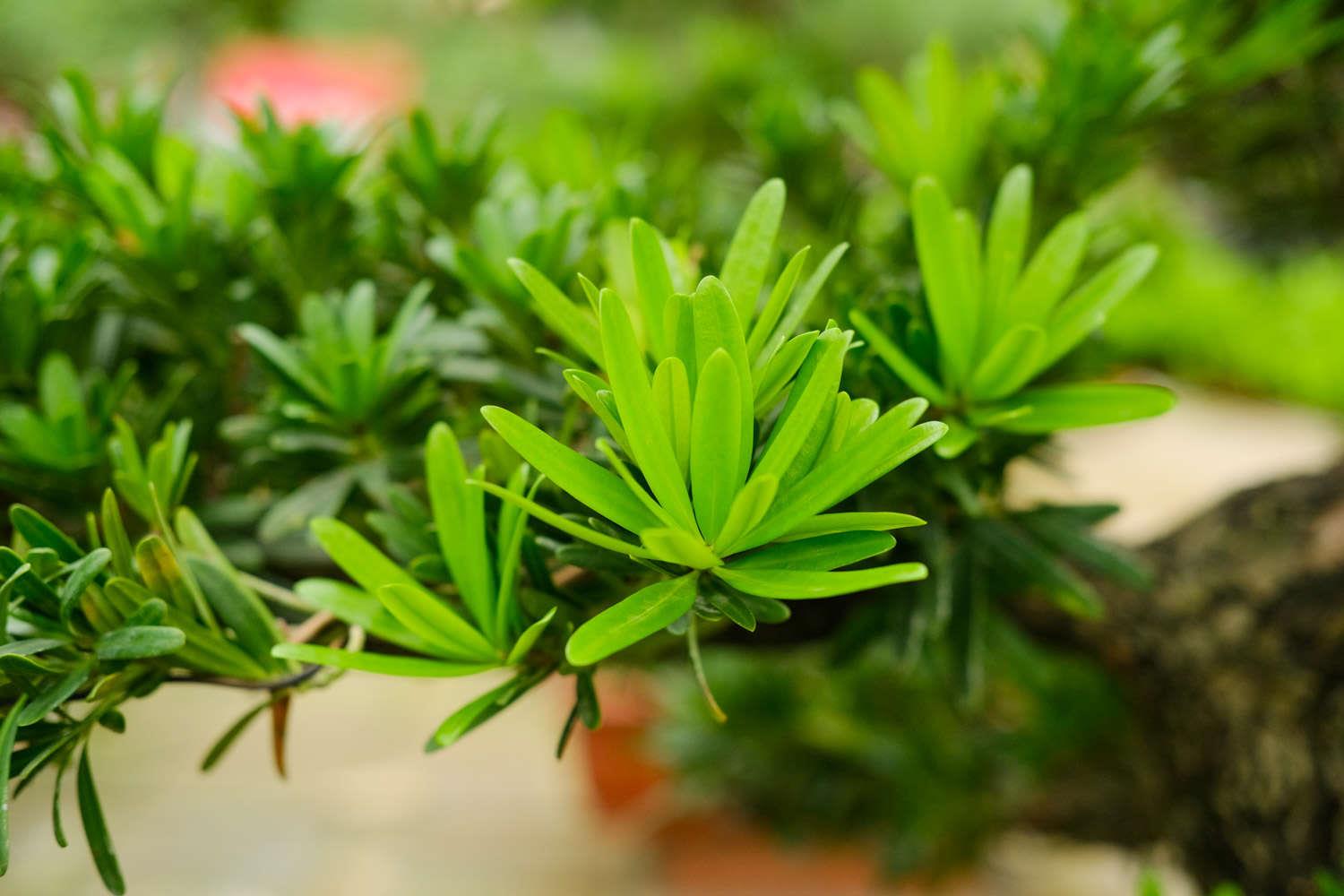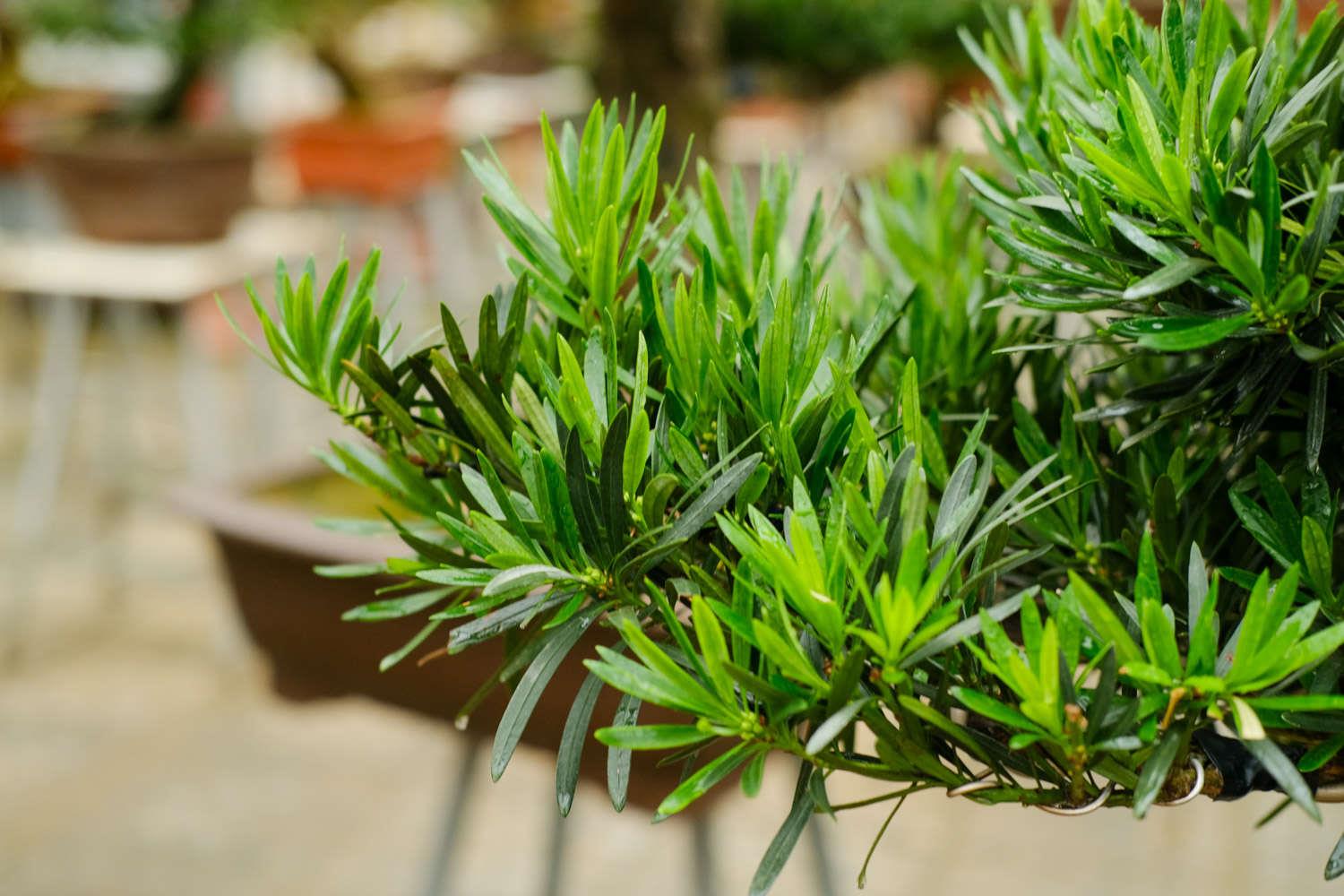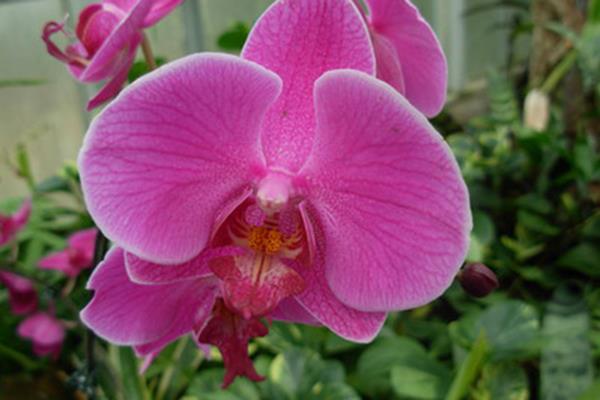What are the varieties of Podocarpus
Last Update :2024.11.11
Article Catalog
Podocarpus is an evergreen coniferous tree. During cultivation, many varieties have appeared, each with its own characteristics. Some are light and elegant, some are vigorous and vigorous, some have changed greatly, and some are still very similar to Podocarpus. What are the varieties of Podocarpus? Let’s take a brief look at them!

Podocarpus shortleaf
Podocarpus shortleaf
Small trees or shrubs, with branches extending upward. The leaves are short and dense, 2.5-7 cm long, 3-7 mm wide, with blunt or rounded apex.
Originally from Japan. It is cultivated as a garden tree in Jiangsu, Zhejiang, Fujian, Jiangxi, Hunan, Hubei, Shaanxi, Sichuan, Yunnan, Guizhou, Guangxi, Guangdong and other provinces and regions in China; it is also a potted plant in Beijing.

Podocarpus angustifolia
The difference between this variety and Podocarpus is that the leaves are narrower, usually 5-9 cm long and 3-6 mm wide, with the apex narrowing into a pointed tip and a wedge-shaped base.
Produced in Sichuan, Guizhou, and Jiangxi; cultivated in Guangdong and Jiangsu as garden trees. It is also distributed in Japan. The type specimen was collected from Japan.

Lauren Podocarpus
The difference between this variety and Podocarpus is that the crown is cylindrical; the leaves are small, oblong-shaped or oblanceolate, 1.3-3.5 cm long, 1-4 mm wide, with a blunt or oblong apex. Round, base wedge-shaped.
Produced in Zhejiang. The type specimen was collected from Longquan.

Pearl Podocarpus
A new species of Podocarpus discovered in the 1980s. Its native environment is in the primeval forest area at an altitude of 2,000 meters in the northern mountainous area of Guangxi Zhuang Autonomous Region, China. It has the shortest and densest leaves among the Podocarpus family and the genus Podocarpus. variety.
Pearl podocarpus is an excellent material for cultivating bonsai with high ornamental value. It is also one of the excellent tree species for landscaping and resisting harmful gas pollution.

Bucktongue Podocarpus
Sparrow-tongued Arhat is the most important bonsai material in Nantong. It was bred from the mutation of Podocarpus by Nantong Flower Farmers for hundreds of years. It has an irreplaceable role in the hearts of Nantong bonsai people. s position.
Nantong's arhat is usually propagated by cuttings, and old piles are collected from Wushan. Mainly potted plants. The main reason is that the root growth of potted seedlings varies from small to small, and can form large roots, strange roots, and solid roots.

Miye Podocarpus
Miye Podocarpus is a rare and valuable species of Podocarpus. The leaves are small and beautiful, making them an excellent material for making small and medium-sized bonsai. At present, it is difficult to find authentic Podocarpus seedlings. The Podocarpus podocarpus in Guangming Flower Nursery Base in Jiangxi Province was carefully cultivated and propagated from 10 female plants 13 years ago.
But it grows slowly, and cuttings usually only grow a little over one centimeter thick in about ten years. Since all podocarpus species are male plants, most of the flowers are reduced to leaves, making it difficult to bloom and bear fruit. Therefore, they cannot be propagated by seeds, and there are no wild ones.

Podocarpus angustifolia
Laurel Podocarpus
Pearl Podocarpus
Podocarpus podocarpus
Mi Ye Podocarpus
- END -
The difference between Phalaenopsis and Dendrobium butterfly

Many flower lovers have Phalaenopsis at home, which is a type of orchid. Dendrobiu...
What to do before cutting the red rhizome

Red rhizome can be propagated by cuttings. A lot of preparation work is required b...